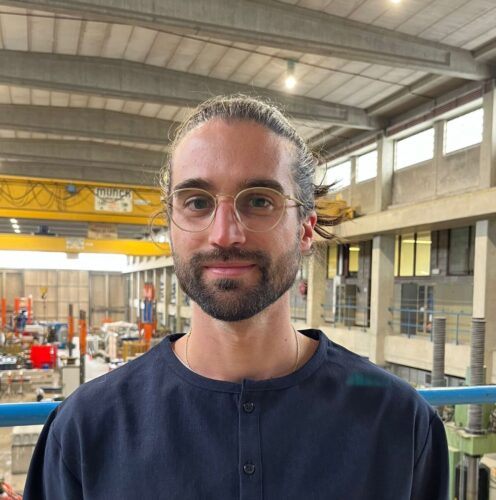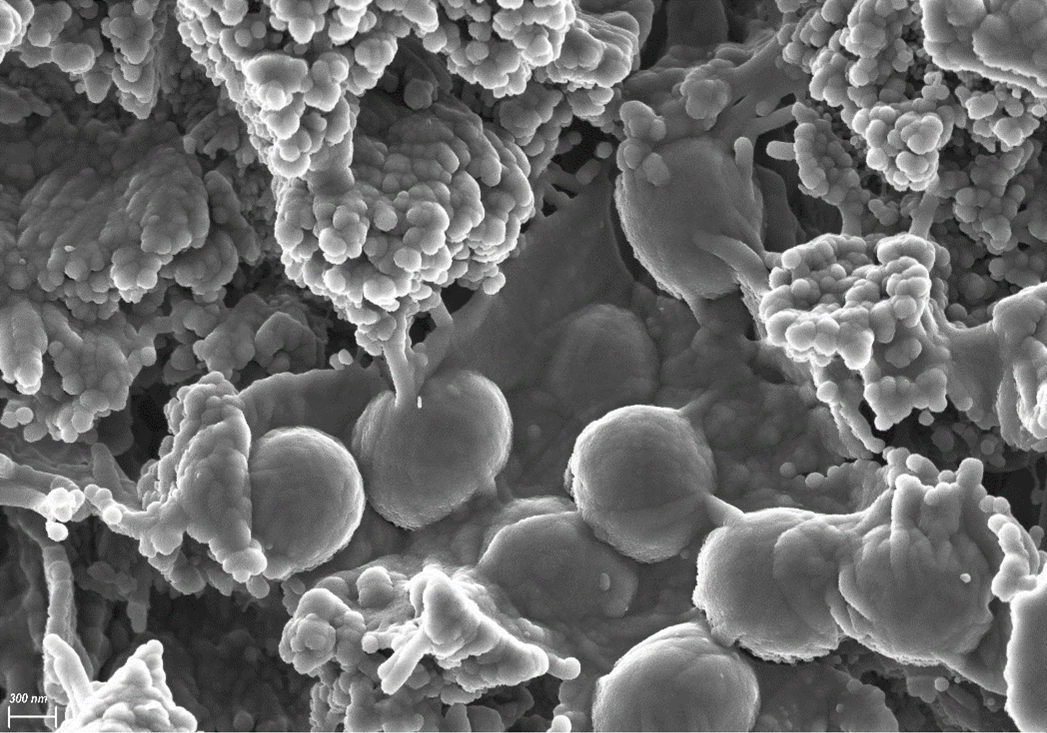
CMET and dissertation supervisors Prof. Nico Boon (CMET) and Prof. Nele De Belie (Faculty of Engineering) present the public defence of the doctoral dissertation of Franco Grosso Giordano. The public defence, “Towards Advanced Lime-Based Mortars: Exploring Microbial Self-healing and Carbonation Strategies” , will take place on the 24th of June 2025 at 16:00 in the Auditorium E4 at Campus Coupure, Coupure Links 653, 9000 Ghent.
Abstract of the doctoral research
Lime has been used in construction for over 10,000 years. Lime’s mechanical properties make it effective at minimizing cracking in masonry structures, particularly, it can adjust to differential settlements and it can self-heal cracks. Moreover, it is a fully circular and carbon neutral material, as it can reabsorb all the CO2 that is released during its calcination. Nevertheless, its use has diminished significantly with the rise of Portland cement as it hardens slowly and has low strength. This thesis addresses these limitations by creating advanced lime-based mortars using microbial additives that improve self-healing and carbonation. Both processes rely on calcium carbonate (CaCO3) formation, which fills cracks and hardens fresh lime mortar. Since CO2 is a byproduct of microbial respiration, bacteria can enhance carbonation by producing CO2 in situ, complementing its CO2 capturing capacity. First, an overview of self-healing in lime-based mortars was performed, showing that lime-based mortars self-heal less effectively than cement-based ones, though pure lime performed best of all. Moreover, testing remained challenging, highlighting the need for standardized methods. In parallel, to address lime’s slow hardening, bacterial producing CO2 to accelerate lime hardening was explored. Bacterial CO2 led to carbonation, with different species influencing rates differently. Additionally, the bacteria influence the calcite formed, a key factor in self-healing. Bacterial organics were found to alter calcite structure and leave identifiable organic signatures. Similar biomineral structures in eukaryotes have superior mechanical properties, suggesting bacterial carbonates might enhance cementitious materials. Finally, bacteria were mixed with lime-based mortars, leading to an improvement self-healing capacity.
